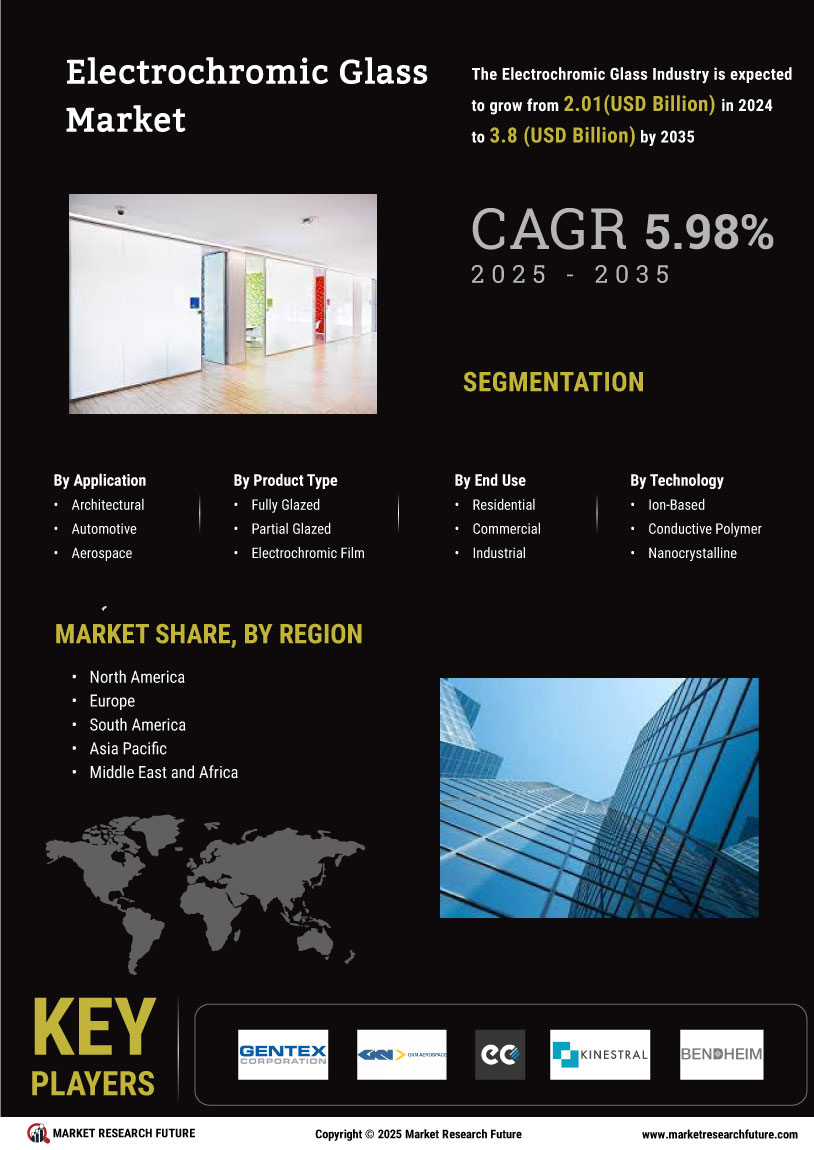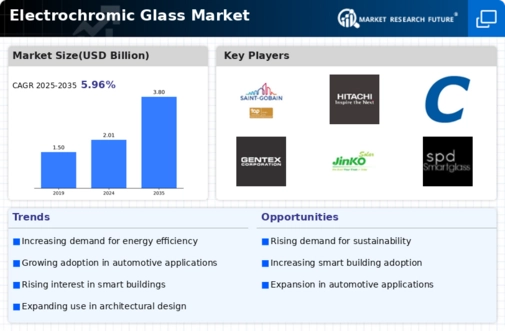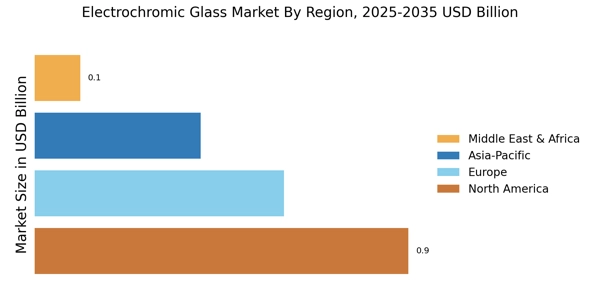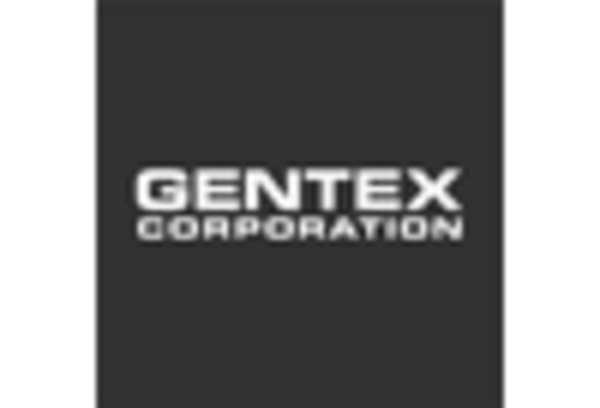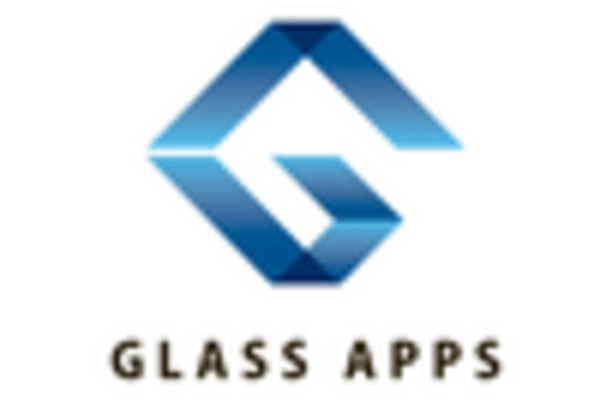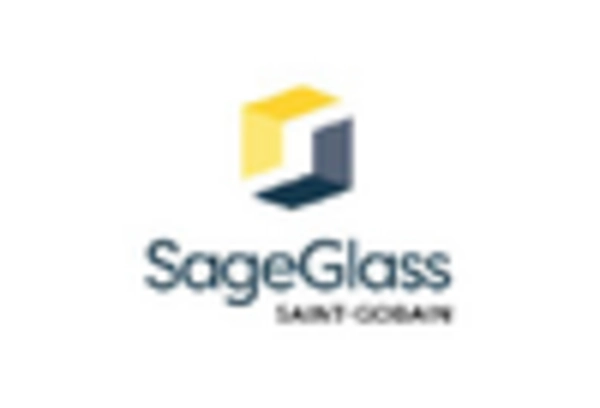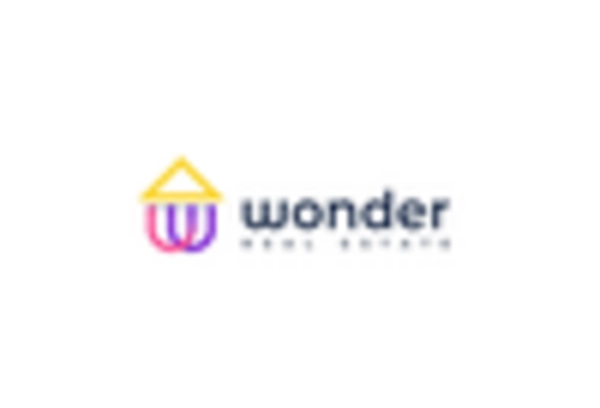Rising Demand for Energy Efficiency
The Electrochromic Glass Market is experiencing a notable increase in demand for energy-efficient solutions. As energy costs continue to rise, consumers and businesses alike are seeking ways to reduce their energy consumption. Electrochromic glass, which can adjust its tint based on sunlight exposure, offers a promising solution by minimizing the need for artificial lighting and reducing heating and cooling costs. According to recent estimates, the energy savings from using electrochromic glass can reach up to 30% in commercial buildings. This growing awareness of energy efficiency is likely to drive the adoption of electrochromic glass in both residential and commercial sectors, thereby propelling the market forward.
Growing Awareness of Environmental Impact
The Electrochromic Glass Market is benefiting from a heightened awareness of environmental issues. As sustainability becomes a priority for consumers and businesses, the demand for eco-friendly building materials is on the rise. Electrochromic glass contributes to reducing carbon footprints by enhancing energy efficiency and minimizing reliance on heating and cooling systems. This aligns with global initiatives aimed at reducing greenhouse gas emissions. Market data indicates that the construction sector is increasingly adopting sustainable practices, with electrochromic glass being a preferred choice for environmentally conscious projects. This trend is expected to continue, further driving the growth of the electrochromic glass market as stakeholders prioritize sustainability in their building designs.
Technological Advancements in Smart Glass
The Electrochromic Glass Market is poised for growth due to rapid technological advancements in smart glass technologies. Innovations in materials and manufacturing processes have led to improved performance characteristics, such as faster switching times and enhanced durability. These advancements make electrochromic glass more appealing for a variety of applications, including automotive, commercial, and residential uses. The integration of smart technologies, such as sensors and automation, further enhances the functionality of electrochromic glass, allowing for seamless integration into smart building systems. As technology continues to evolve, the market is likely to see an increase in the adoption of electrochromic glass, driven by its enhanced capabilities and performance.
Architectural Innovation and Aesthetic Appeal
The Electrochromic Glass Market is significantly influenced by the trend of architectural innovation. Modern architecture increasingly emphasizes aesthetics alongside functionality, and electrochromic glass provides a unique solution that enhances both. Its ability to change color and opacity allows architects to create dynamic and visually appealing structures. This versatility is particularly attractive in high-end residential and commercial projects, where design plays a crucial role. Furthermore, the integration of electrochromic glass into facades can lead to a more cohesive and modern appearance, which is becoming a standard expectation in contemporary architecture. As a result, the demand for electrochromic glass is likely to rise as architects and builders seek to incorporate these innovative materials into their designs.
Supportive Government Policies and Incentives
The Electrochromic Glass Market is positively impacted by supportive government policies and incentives aimed at promoting energy-efficient technologies. Many governments are implementing regulations and providing financial incentives to encourage the adoption of sustainable building materials, including electrochromic glass. These policies often include tax credits, grants, and rebates for projects that incorporate energy-efficient technologies. As a result, builders and developers are more inclined to invest in electrochromic glass solutions, knowing that they can benefit from these incentives. This supportive regulatory environment is expected to foster growth in the electrochromic glass market, as more stakeholders recognize the financial advantages of adopting energy-efficient technologies.
